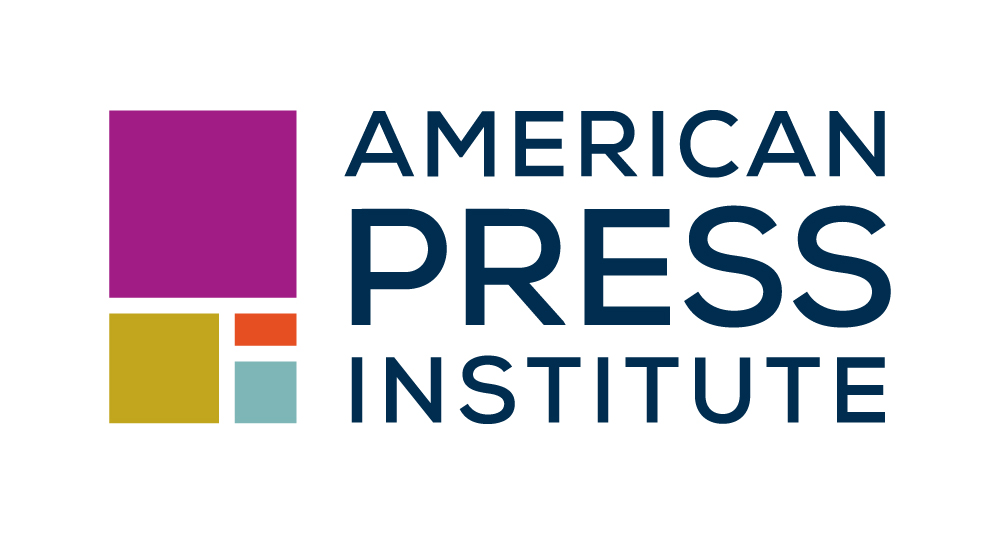The American Press Institute refreshed the Better News website, a hub for original case studies and curated best practices for local news organizations, to improve the user experience for its readers and align it with new API branding.
Better News features resources on publishing challenges, from growing revenue and sustainability to building community, loyalty and trust. It curates current best practices in journalism, provides strategic guidance for local news organizations and features case studies from participants of the Table Stakes Local News Transformation Program.
“Better News is a free resource designed to spark curiosity and inspire news innovators,” said Emily Ristow, API’s director of local news transformation. “Our case studies prioritize actionable strategies and tactics that news leaders can replicate in their own organizations.”
Launched in 2018, Better News helps journalists create modern, digital news organizations. With the redesign, Better News unveiled four goals and areas of focus:
- Strengthen news organizations
- Drive revenue
- Build community
- Produce better news
The API team worked with Mission Partners, a social impact and strategic communications firm, to update the Better News website to align with API’s new visuals and direction set by API’s leadership team. Together with Mission Partners, API’s Journalism Programs team gathered feedback from Better News users to refine and improve the site experience.
Some of the other key features of the new site include:
- A user-friendly navigation system
- A visually dynamic and engaging layout
- An extensive review of hundreds of resources to remove outdated content
- New case study formats optimized for accessibility and usability for busy news leaders
“Better News is a practical repository of shared knowledge for people moving the industry forward,” said Michael D. Bolden, API’s CEO and executive director. “Mission Partners and the API team have worked diligently to improve the content and update the experience. We want it to be an essential, evolving resource for modern news organizations.”
Better News is fueled by API and funded by The Knight-Lenfest Local News Transformation Fund, a joint initiative of the John S. and James L. Knight Foundation and The Lenfest Institute for Journalism.
We encourage journalists, news leaders and industry partners to explore Better News case studies and best practices. You can also subscribe to Better News updates to receive the latest pieces in your inbox on the first of every month.
As you explore the new Better News website, we look forward to your feedback. Please email us at betternews@pressinsitute.org with any thoughts, questions or concerns. We appreciate your support.
ABOUT THE AMERICAN PRESS INSTITUTE
We support local and community-based media through research, programs and products that foster healthy, responsive and resilient news organizations. We envision an inclusive democracy and society, where communities have the news and information they need to make decisions and thrive. API is a national 501(c)(3) nonprofit educational organization affiliated with the News/Media Alliance.
ABOUT THE KNIGHT-LENFEST LOCAL NEWS TRANSFORMATION FUND
With a focus on sustainability and equity, The Knight-Lenfest Local News Transformation Fund is designed to strengthen local journalism at scale, by supporting journalistic excellence and serving the information needs of communities. The Knight-Lenfest Fund collaborates with news organizations, leaders and communities to grow capacity and meet journalism’s technology, business, and audience realities of the future. It believes that journalism is at its best when it is of service. The Knight-Lenfest Fund is a joint venture of the John S. and James L. Knight Foundation and The Lenfest Institute for Journalism.


